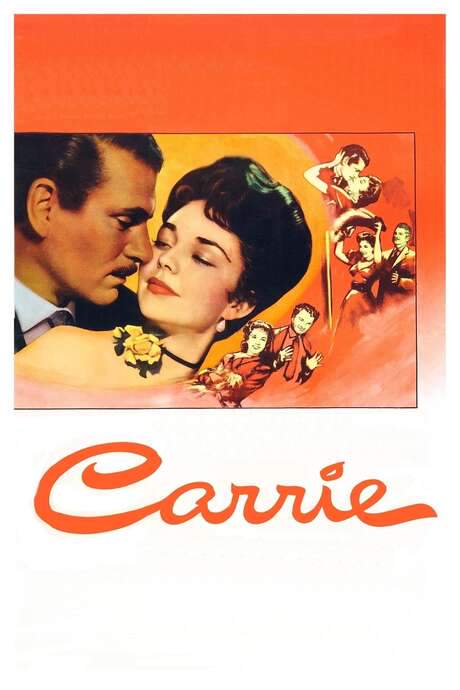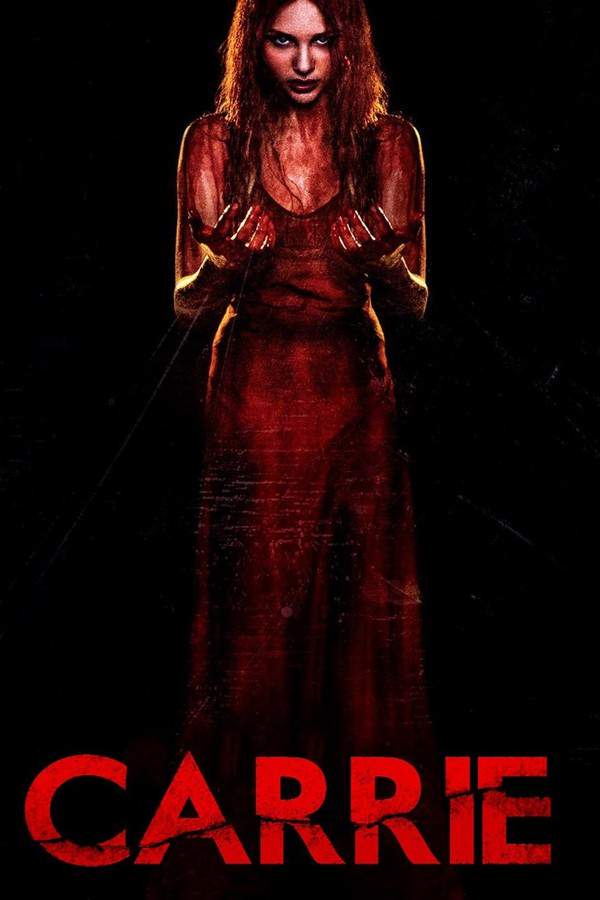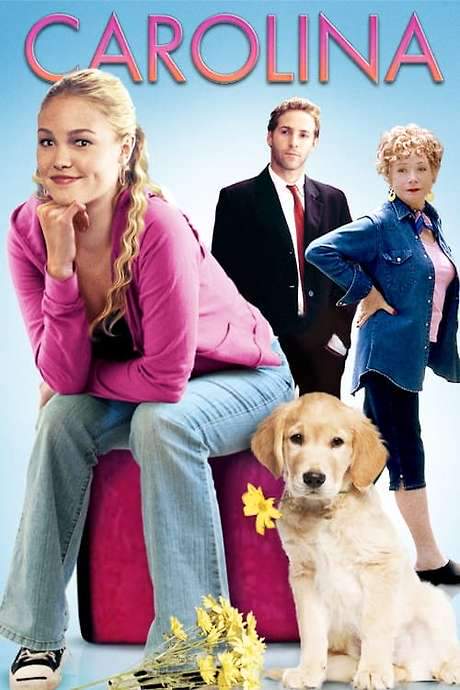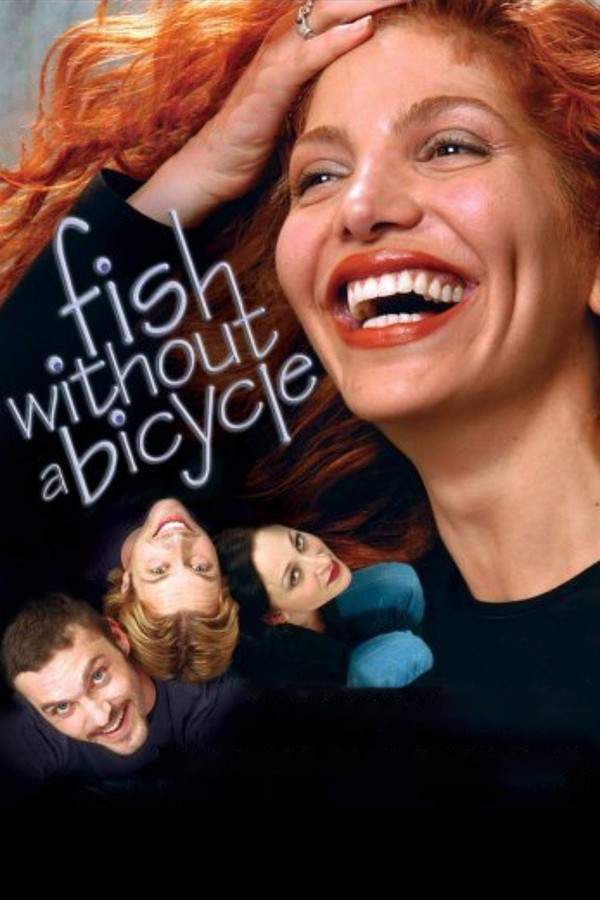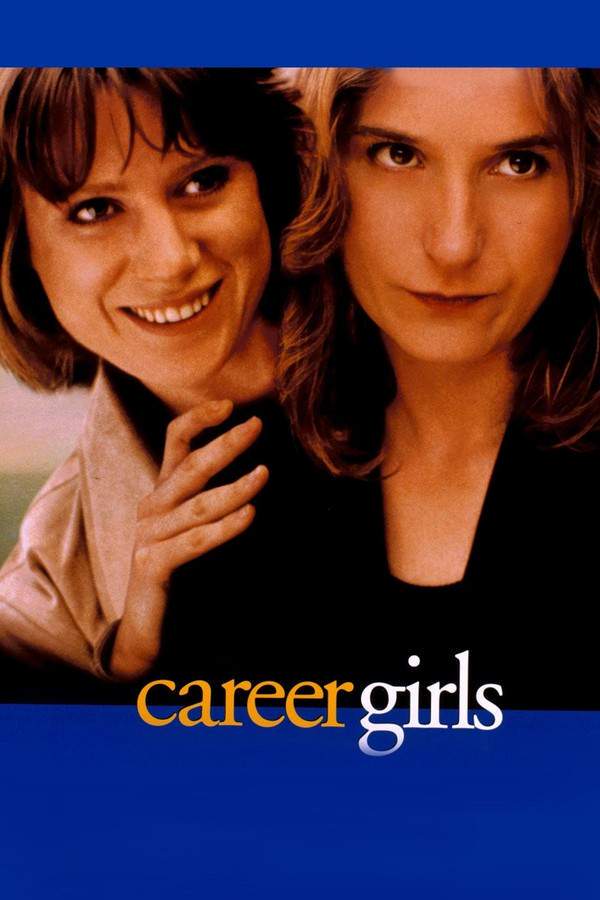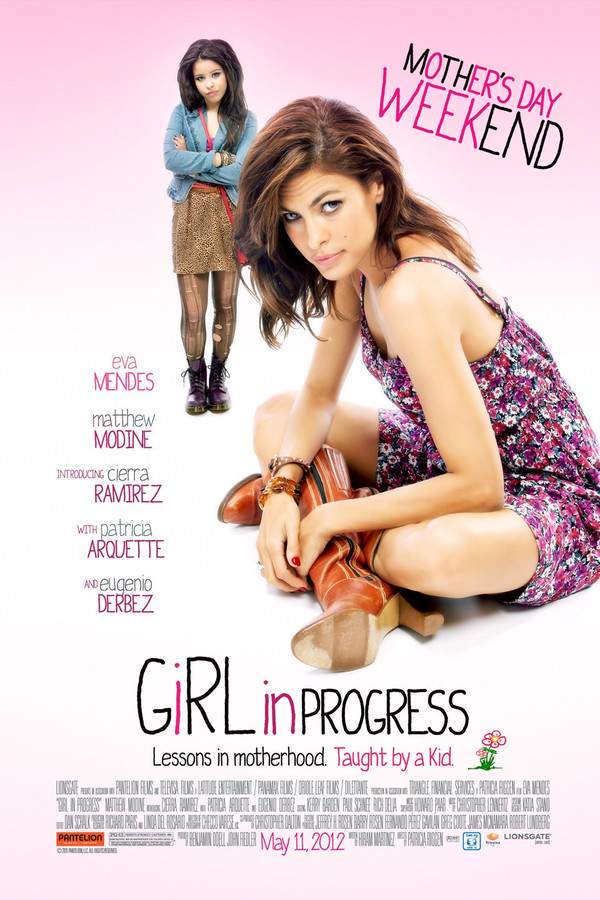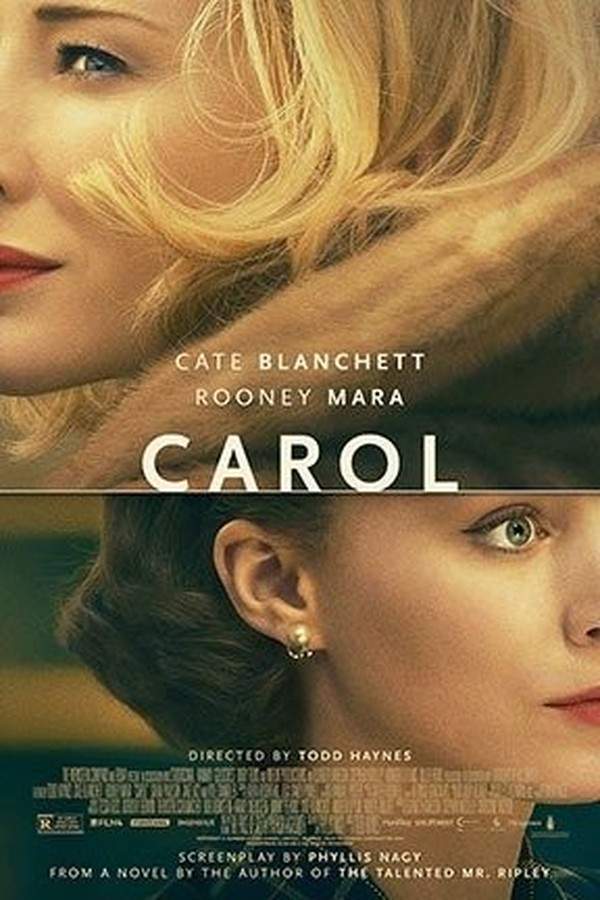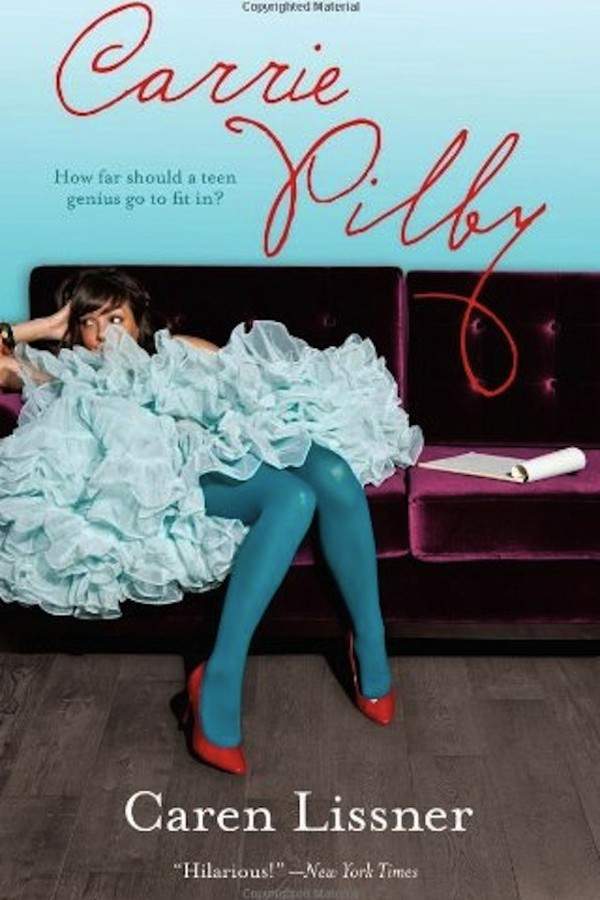
Carrie Pilby
Year: 2017
Runtime: 98 min
Language: English
Director: Susan Johnson
Carrie Pilby, a young woman who excelled academically at Harvard, finds herself struggling with the challenges of adulthood. Now in her twenties and living in New York, she confronts difficult questions about morality, relationships, and her own sexuality. Seeking guidance, she embarks on a journey of self-discovery, attempting to understand the complexities of life beyond the academic world.
Warning: spoilers below!
Haven’t seen Carrie Pilby yet? This summary contains major spoilers. Bookmark the page, watch the movie, and come back for the full breakdown. If you're ready, scroll on and relive the story!
Carrie Pilby (2017) – Full Plot Summary & Ending Explained
Read the complete plot breakdown of Carrie Pilby (2017), including all key story events, major twists, and the ending explained in detail. Discover what really happened—and what it all means.
Carrie Pilby follows a 19-year-old prodigy living alone in New York City, a mind that constantly soars above the room yet struggles to find a place where happiness can take root. She is introduced as someone who has always been the smartest person in the room, a trait that shines brilliantly but also isolates her from the ordinary rhythms of life. Born in London and raised in New York since she was twelve, Carrie has skipped three grades and graduated from Harvard at eighteen. She works as a proofreader at a law firm—something her father insists upon—though the job doesn’t fully align with her needs or passions. The city around her hums with possibility, but her days often feel steeped in quiet loneliness, a contrast to the quick wit and sharp analyses that fill her thoughts.
Her story unfolds through the patient, probing conversations with Dr. Petrov, her longtime therapist and a friend of her absent, widowed father. In their weekly sessions, she wonders aloud why happiness seems to hold so much sway in everyday life. Dr. Petrov offers a candid, gentle perspective: “There are some brilliant, unhappy people.” This line lingers as a thread that ties Carrie’s intellect to her emotional world, hinting at the complexities that have shaped her approach to relationships and self-understanding.
To coax Carrie out of her self-imposed isolation, Dr. Petrov constructs a practical to-do list designed to push her toward engagement with the wider world: Get a job, Make a friend, Get a pet, Go on a date, and Do something you enjoyed as a child. The plan is not just about ticking boxes; it’s about testing the boundaries of her comfort and inviting humanity into her carefully organized life. The list becomes a roadmap that invites rather than demands, offering Carrie a chance to redefine what it means to connect with others.
As the days unfold, Carrie’s experiments in connection lead her into a series of small, intimate adventures. She agrees to a blind date with a man who is already engaged, a situation that forces her to confront her assumptions about romance and timing. She also forms a budding friendship with a co-worker who is outwardly extroverted yet kind, a presence that helps her practice social nuance without the pressure of romance. A neighbor, known simply as “the guy next door,” catches her attention when he plays a didgeridoo in the alley behind their building, a melodic invitation to notice the world beyond her apartment. The two strike up a friendship that grows through a walk-and-talk along the city’s sidewalks, turning public spaces into spaces of shared discovery.
Throughout these encounters, brief but telling flashbacks pierce the present—the memory of an abusive relationship Carrie endured with her English professor when she was just sixteen. These scenes illuminate the tensions that have shaped her: a mind that soaks up knowledge with ease, paired with a tenderness and vulnerability that never fully matured. The contrasts are stark: remarkable intellectual insight paired with emotional fragility, a combination that explains why she can articulate complex ideas yet stumble when it comes to trusting and nurturing close ties.
As Carrie continues to fulfill the items on her therapeutic checklist, the world—its temptations, disappointments, and joys—begins to reveal itself in a new light. Her views on sex and romance, once filtered through a protective, almost clinical lens, start to loosen their grip. The ways she chooses to see people, relationships, and even happiness begin to shift, moving away from rigid analysis toward a more nuanced appreciation of human connection. The experiences on her list illuminate not just what it means to “do” things for fun or novelty, but what it means to open the door to others, to accept support, and to allow vulnerability to become a strength rather than a liability.
By the time Carrie steps further into the world, the threads of her life—her intellect, her past traumas, her longing for companionship, and her stubborn independence—intertwine into a more cohesive understanding of herself. The story does not solve every problem or erase the hurt of the past, but it presents a thoughtful journey toward greater empathy, resilience, and hope. It is a quiet, observant portrait of a young woman learning to blend genius with humanity, proving that growth can come from embracing the imperfect, messy, and wonderfully human parts of life.
Ultimately, the film presents a grounded, reflective look at a prodigy who must learn not only to think well but to feel well, to step out from the shadow of her intellect, and to trust that companionship and joy can be found—and maintained—in the everyday rhythms of the city and in the honest, imperfect connections with others. It is a patient, sometimes witty, often moving exploration of loneliness, discovery, and the delicate art of letting people into your life.
Last Updated: October 09, 2025 at 16:19
Unlock the Full Story of Carrie Pilby
Don't stop at just watching — explore Carrie Pilby in full detail. From the complete plot summary and scene-by-scene timeline to character breakdowns, thematic analysis, and a deep dive into the ending — every page helps you truly understand what Carrie Pilby is all about. Plus, discover what's next after the movie.
Carrie Pilby Timeline
Track the full timeline of Carrie Pilby with every major event arranged chronologically. Perfect for decoding non-linear storytelling, flashbacks, or parallel narratives with a clear scene-by-scene breakdown.

Characters, Settings & Themes in Carrie Pilby
Discover the characters, locations, and core themes that shape Carrie Pilby. Get insights into symbolic elements, setting significance, and deeper narrative meaning — ideal for thematic analysis and movie breakdowns.

Similar Movies to Carrie Pilby
Discover movies like Carrie Pilby that share similar genres, themes, and storytelling elements. Whether you’re drawn to the atmosphere, character arcs, or plot structure, these curated recommendations will help you explore more films you’ll love.
Explore More About Movie Carrie Pilby
Carrie Pilby (2017) Scene-by-Scene Movie Timeline
Carrie Pilby (2017) Movie Characters, Themes & Settings
Carrie Pilby (2017) Spoiler-Free Summary & Key Flow
Movies Like Carrie Pilby – Similar Titles You’ll Enjoy
Carrie (1952) Full Movie Breakdown
Carrie (2013) Detailed Story Recap
Carrie (1976) Detailed Story Recap
Carolina (2003) Movie Recap & Themes
Carrie’s War (2004) Full Movie Breakdown
Fish Without a Bicycle (2004) Plot Summary & Ending Explained
Career Girls (1997) Full Movie Breakdown
Girl in Progress (2012) Spoiler-Packed Plot Recap
Career Bed (1969) Complete Plot Breakdown
Frances Ha (2013) Ending Explained & Film Insights
Carol (2015) Full Summary & Key Details
Tiny Furniture (2010) Spoiler-Packed Plot Recap
My Life with Caroline (1941) Complete Plot Breakdown
The Pickle (1993) Complete Plot Breakdown
The Opposite Sex and How to Live with Them (1992) Plot Summary & Ending Explained



